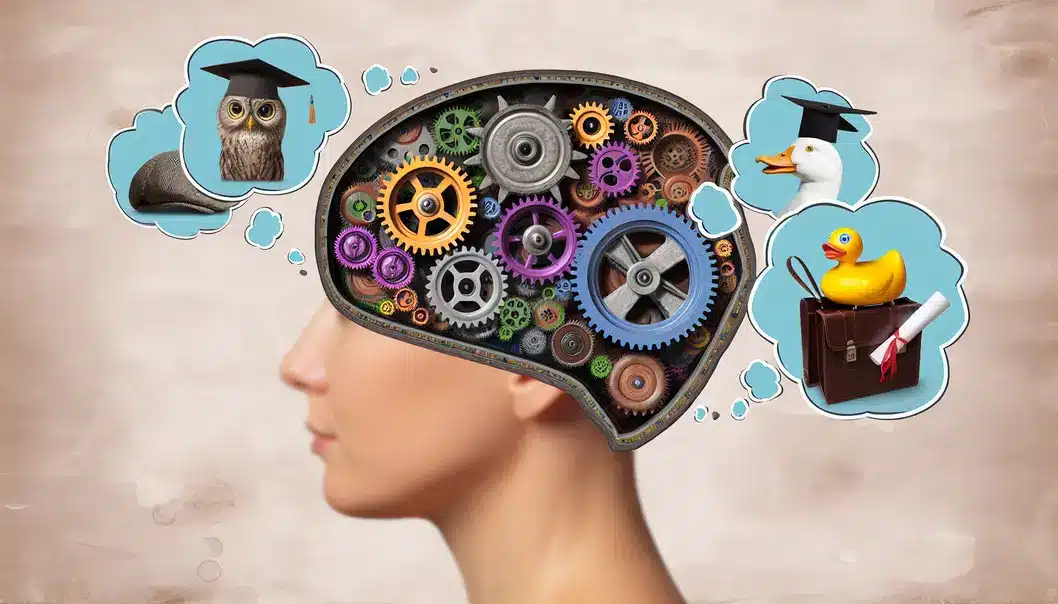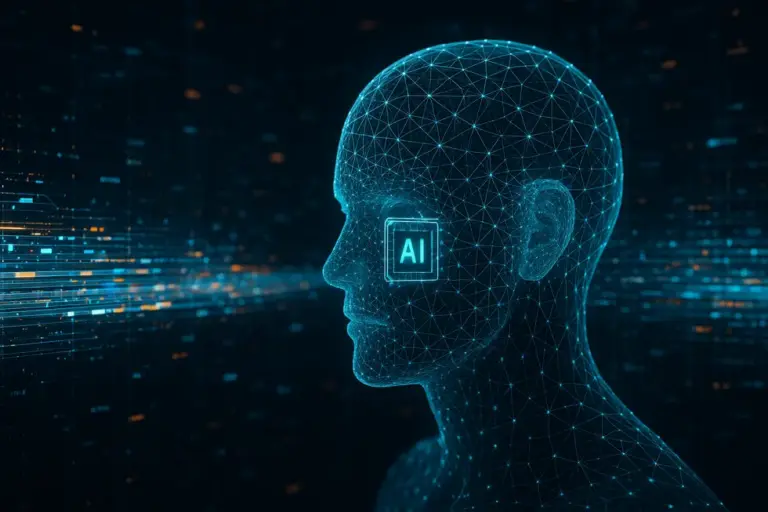Ever wondered if your AI is overdressed for every occasion? It’s time to tailor that digital suit of a Large Language Model (LLM) to fit perfectly. From spam-slaying email musings to debugging like a seasoned coder, this article promises a humorous exploration into the fabric of finetuning LLMs. Join us as we stitch together the techniques and strategies, ensuring your AI isn’t just smart, but a smart dresser too.
Harnessing the Power of Supervised Fine-Tuning for LLM Excellence

Supervised fine-tuning stands as a pivotal technique for adapting large language models (LLMs) to excel in specialized tasks. This method capitalizes on meticulously labeled datasets to refine the model’s understanding, transforming its general capabilities into robust task-specific performances. At its core, supervised fine-tuning involves training a pre-trained LLM on a curated set of input-output pairs, where each input is distinctly matched with a correct label. The process meticulously adjusts the model’s weights, igniting its capacity to discern the unique patterns intrinsic to a specific domain.
The methodology starts with selecting an appropriate pre-trained model that serves as the foundation. When fine-tuning for tasks such as financial data analysis, the chosen model undergoes rigorous training on labeled financial question-answer datasets. This tailored approach not only enhances the model’s ability to parse complex financial language but also empowers it to generate precise and relevant insights. Such domain-specific tuning is invaluable for tasks demanding acute comprehension of industry-specific jargon or for generating customized outputs aligned with defined input types.
Despite the apparent simplicity of the concept, the execution requires careful strategizing and diligent adherence to best practices. Paramount among these practices is the diversity of the labeled dataset. A dataset that is both comprehensive and representative of the task is crucial to ensure the model acquires a holistic understanding without becoming restricted to narrow interpretations. Further, it is vital to employ a validation set during training to continuously gauge the model’s performance. This helps in identifying early signs of overfitting, where the model learns the training data too well but performs poorly on unseen data.
Moreover, engineers must judiciously evaluate the dataset’s size and complexity, balanced against the computational resources allocated for fine-tuning. This ensures a practical and efficient fine-tuning process that pushes the model’s performance boundaries without incurring unnecessary computational expenses. By adjusting hyperparameters like learning rate and batch size, one can prevent the model from merely memorizing the data, thus fostering genuine understanding and adaptability.
The practical applications of supervised fine-tuning are vast and diverse. Industries ranging from healthcare to legal services leverage this approach to build models that not only understand but forecasts nuanced outcomes with profound accuracy. For developers seeking a comparison between supervised fine-tuning and other similar techniques, resources like ‘Retrieval-Augmented Generation vs. Fine-Tuning’ can provide additional insights into how different methods stack up against each other, offering guidance on method selection based on project demands.
Ultimately, the art of supervised fine-tuning lies in its ability to bridge the gap between general language proficiency and task-specific excellence, propelling LLMs into the realm of specialized performance tailored to niche demands. It paves the way for innovation in machine learning applications, providing a framework that transforms how LLMs interact with data across various sectors.
Harnessing Domain-Specific Expertise in LLM Fine-Tuning

Fine-tuning large language models (LLMs) for domain-specific tasks is an art that involves the meticulous crafting of models to cater to particular fields. This process significantly amplifies the model’s capability to understand context, enhance accuracy, and increase relevance in specialized applications.
One critical methodology in this practice is Domain-Specific Fine-Tuning. This involves training models on datasets strictly within a chosen domain, such as legal documents or medical research papers. By focusing on niche data, models develop fine-grained insights and produce outputs that are both precise and relevant, moving beyond generic responses. This depth-oriented approach contrasts the generalist tendencies that larger, all-encompassing datasets foster, providing domain experts with tools finely honed to their unique requirements. The ethical concerns of fine-tuning LLMs are crucial to consider, ensuring that adaptations respect privacy and data integrity.
A complementary technique, Reinforcement Learning from Human Feedback (RLHF), refines LLM outputs to align with human preferences. By leveraging a reward model that scores responses, RLHF iteratively updates the model to prioritize high-quality outputs. This is particularly beneficial in domains like healthcare and law, where accuracy and tone are paramount, and errors can have significant repercussions. Innovations in RLHF, such as Gradient Policy Reinforcement Optimization (GRPO), make its application more accessible, allowing experts to implement these feedback iterations with greater ease.
Another pivotal process is Continued Fine-Tuning (CFT), which helps models evolve alongside their specific domains without losing previously acquired knowledge. Unlike general continued pre-training, CFT maintains focus on the specialized field, incorporating new terms and trends as they emerge. This is essential in rapidly evolving areas like quantum computing and regulatory compliance, where staying informed of the latest developments is crucial.
Optimizing models further involves Model Distillation and Multi-Task Learning. Model distillation reduces the size of LLMs without stripping away their acquired domain knowledge, making the models suitable for deployment in environments with limited computational resources. Meanwhile, multi-task learning, which involves training on related tasks within a singular domain, boosts a model’s generalization capabilities while retaining its specialist nature. This is ideal for frameworks that handle diverse yet related queries, ensuring efficiency and consistency.
Real-world applications of these fine-tuning methods abound. In the legal sector, for instance, LLMs are being fine-tuned to parse contracts with nuanced interpretation capabilities, understanding the intricate legal language involved. Similarly, in the healthcare domain, models are adept at summarizing patient records and medical literature, facilitating quicker and more informed decision-making processes. These applications are further explored in the context of fine-tuning LLMs on custom datasets.
By weaving together these advanced techniques—domain-specific data integration, human-in-the-loop feedback, and continuous adaptation—teams can craft LLMs that master their specialized fields while maintaining operational efficiency. The labor of fine-tuning becomes a strategic effort that not only refines the capabilities of LLMs but also enhances the capacities of professionals across various industries.
Final thoughts
By amusingly tailoring and fine-tuning LLMs, businesses can craft an AI that’s not just functional, but a sleek operator in their domain. Whether it’s fighting digital spam or becoming a code-wrangling wizard, your AI can be customized to perfection. With the right finetuning techniques, you’re equipped to lead your AI to suit up and steal the show.
Ready to elevate your business with cutting-edge automation? Contact Minh Duc TV today and let our expert team guide you to streamlined success with n8n and AI-driven solutions!
Learn more: https://ducnguyen.cc/contact/
About us
Minh Duc TV is a forward-thinking consulting firm specializing in n8n workflow automation and AI-driven solutions. Our team of experts is dedicated to empowering businesses by streamlining processes, reducing operational inefficiencies, and accelerating digital transformation. By leveraging the flexibility of the open-source n8n platform alongside advanced AI technologies, we deliver tailored strategies that drive innovation and unlock new growth opportunities. Whether you’re looking to automate routine tasks or integrate complex systems, Minh Duc TV provides the expert guidance you need to stay ahead in today’s rapidly evolving digital landscape.





